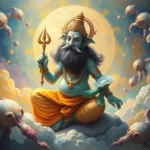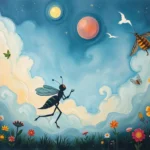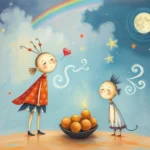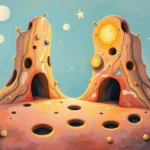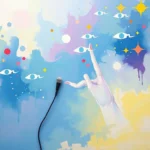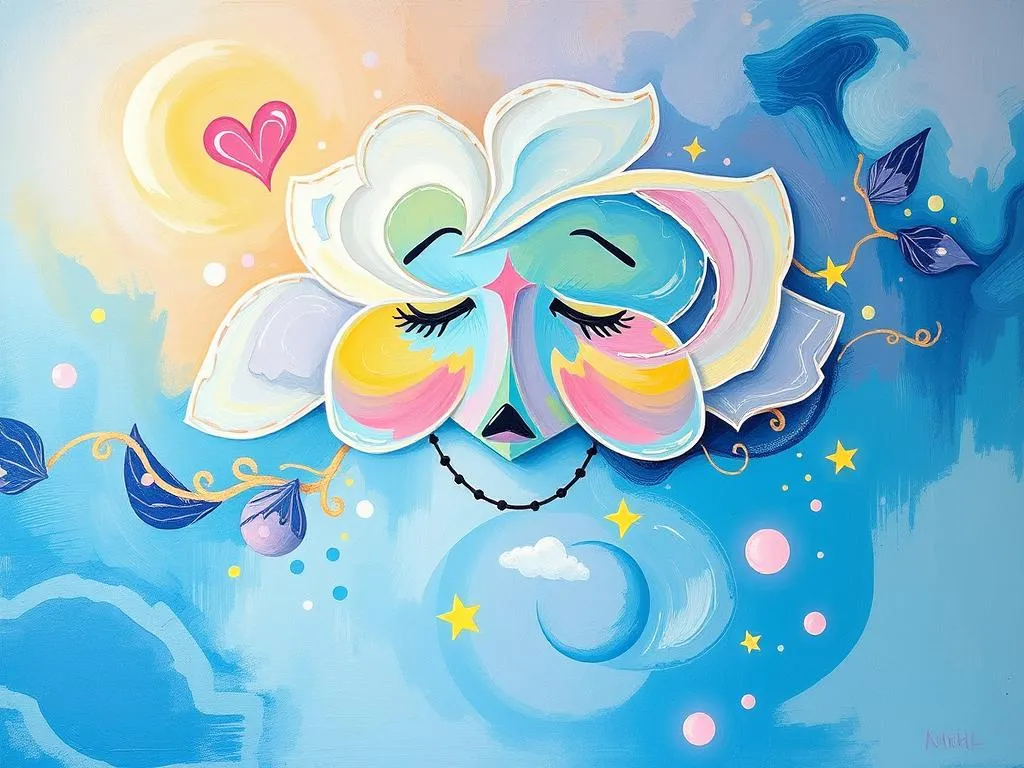
Have you ever woken up from a dream so vivid that it felt like a message from a different realm? Perhaps you encountered a version of yourself that was braver, more confident, or even darker than you could ever imagine. Dreams often serve as mirrors, reflecting our innermost thoughts and emotions, and when we meet our Other Self, it can be both enlightening and unsettling.
In this exploration, we will dive deep into the symbolism of the Other Self in dreams, looking at how various cultures interpret these encounters, what psychology reveals about them, and how they can serve as stepping stones for your personal growth. So grab a cup of tea, get comfortable, and let’s unravel the layers of these profound dream experiences together.
Reflections in the Dreamscape: The Symbolism of the Other Self
The concept of the Other Self in dreams often embodies the duality of our human experience. It represents parts of us that we may suppress, deny, or wish to explore. This figure can manifest in numerous ways—be it a shadowy version of ourselves, a younger or older incarnation, or even a completely different persona. Each portrayal carries its significance, allowing us to engage with themes of identity, fear, desire, and transformation.
From a psychological standpoint, the Other Self is often linked to Carl Jung’s theory of the shadow self. Jung believed that the shadow represents the darker, unacknowledged aspects of our personality. When we encounter our Other Self in dreams, it invites us to confront these hidden elements. For example, if you dream of an aggressive version of yourself, it may reflect your repressed anger or frustration that needs addressing in waking life.
Culturally, different societies interpret the Other Self in unique ways. In some Indigenous cultures, dreaming of one’s Other Self can signify a spiritual journey or a call to action. It may suggest that you are at a crossroads in your life, needing to find balance between who you are and who you wish to become. In contrast, certain Eastern philosophies view the Other Self as a path to enlightenment, emphasizing the importance of integrating both sides of one’s nature to achieve wholeness.
Ultimately, the symbolism of the Other Self serves as a powerful reminder that inner conflict is a natural part of the human experience. By acknowledging and embracing these different aspects of ourselves, we can embark on a journey of self-discovery and healing.
Encounters in the Dream Realm: Scenarios with the Other Self
The beauty of dreams lies in their diversity, and the encounters with our Other Self can take on many forms. Here are a few scenarios that illustrate this multifaceted relationship:
-
The Confident Stranger: Imagine you dream of walking into a crowded room where a charismatic version of yourself is captivating everyone around. This Other Self oozes confidence, charm, and ease. Upon waking, you might feel inspired to step out of your comfort zone and embrace your own potential. This scenario could symbolize your longing to break free from self-imposed limitations.
-
The Dark Reflection: In another dream, you might find yourself face-to-face with a shadowy figure that resembles you but embodies fear and rage. This encounter may stir feelings of anxiety and dread, possibly highlighting unresolved issues or emotions that you have been avoiding. Engaging with this darker self can be a call to confront and integrate these feelings, ultimately leading to healing.
-
The Child Within: Dreaming of your younger self can evoke nostalgia and a sense of innocence. In this scenario, your Other Self may be a playful child, encouraging you to reconnect with your creativity and joy. This encounter might prompt you to reflect on the dreams and aspirations you once held dear but may have set aside in adulthood.
-
The Future You: Picture a dream where you meet an older version of yourself, wise and content. This Other Self provides guidance on the choices you are currently facing. Such a dream can serve as a powerful reminder of the long-term consequences of your actions and decisions. It encourages you to consider how your choices align with your values and aspirations.
-
The Anxious Doppelgänger: In a more unsettling dream, you might encounter a version of yourself that is paralyzed by fear or anxiety. This reflection could represent the stressors you face in waking life, urging you to confront the sources of your unease. By acknowledging this aspect, you may find the courage to tackle your challenges head-on.
These scenarios exemplify the rich tapestry of interactions we can have with our Other Self in dreams. Each encounter is a chance to learn and grow, providing valuable insights into our psyche.
Embracing the Journey: Growth through the Other Self
Confronting your Other Self can be a transformative experience, one that fosters growth, understanding, and self-acceptance. Here are some practical insights to help you navigate this journey:
-
Keep a Dream Journal: Recording your dreams can enhance your awareness of recurring themes and symbols. By regularly reflecting on your interactions with your Other Self, you can identify patterns and gain deeper insights into your emotions and desires.
-
Practice Self-Compassion: Engaging with your Other Self can sometimes bring up discomforting feelings. It’s crucial to approach this process with kindness and understanding. Recognize that every aspect of yourself, even those that seem unappealing, contributes to your unique identity.
-
Explore Creative Outlets: Art, writing, or other creative pursuits can be powerful tools for processing your dreams. Allow yourself to express the emotions and insights gained from your encounters with your Other Self through creative mediums. This can lead to revelations and a deeper connection with your inner world.
-
Seek Guidance: If you find yourself struggling with the emotions that arise from these dreams, consider speaking with a therapist or counselor. They can provide a safe space for you to explore these feelings and help you integrate the lessons learned from your Other Self.
-
Engage in Mindfulness Practices: Meditation and mindfulness can ground you as you navigate your emotions and experiences. These practices can help you create a sense of calm and clarity, allowing you to approach your Other Self with openness and curiosity.
Ultimately, the journey of meeting your Other Self is a path toward integration and wholeness. By embracing these encounters, you can cultivate a deeper understanding of yourself, leading to a more fulfilling and authentic life.
As you reflect on the concept of the Other Self, remember that each dream offers an opportunity for growth and connection with the many facets of your identity. The next time you encounter this powerful symbol, lean into it, embrace the lessons, and watch as you transform into a more complete version of yourself. After all, we are all a tapestry of experiences, emotions, and dreams waiting to be woven into the fabric of our lives.

